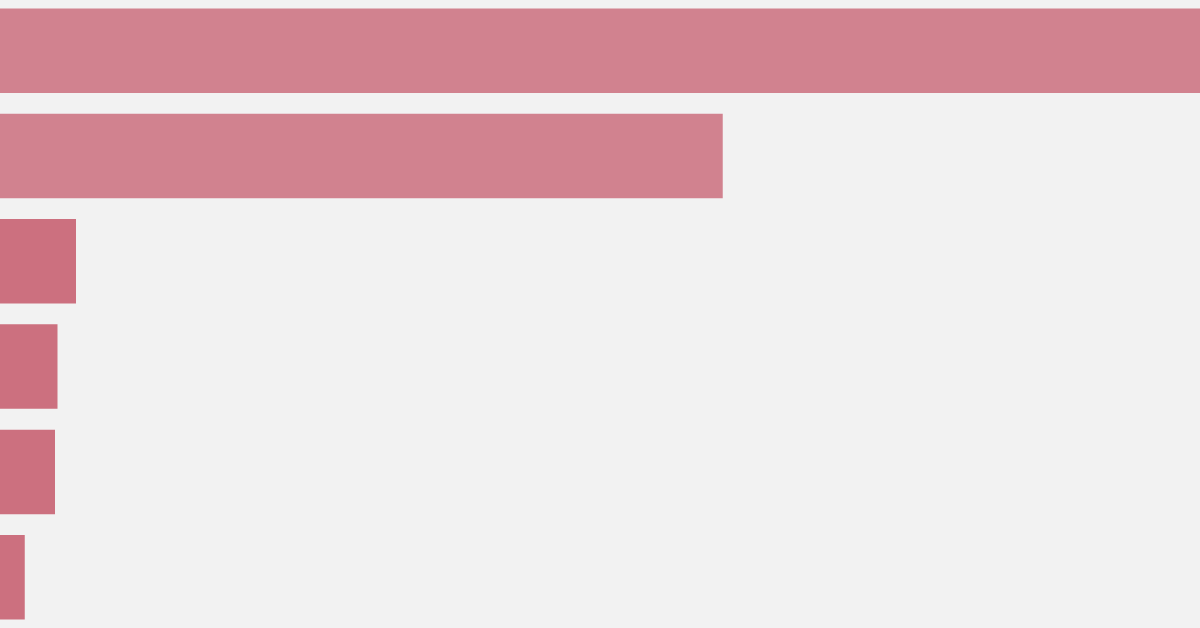Number of described species

What you should know about this indicator
- Since many species have not yet been described, this is a large underestimate of the total number of species in the world.
- For a species to be formally described, it's description must be published in a scientific journal or book.
- Species descriptions should fulfill several criteria specified by the relevant nomencalture code, including the selection of a type specimen, a particular specimen formally associated with scientific name and description.
- The values of the numbers of described species should be used with caution as these are not always be up to date for all taxonomic groups.
- The source for each taxonomic group can be found in the IUCN Red List summary statistics, Table 1a.
- The 'mushrooms' taxonomic group includes brackets, rusts, smuts and, jelly fungi.
Related research and writing
Sources and processing
This data is based on the following sources
How we process data at Our World in Data
All data and visualizations on Our World in Data rely on data sourced from one or several original data providers. Preparing this original data involves several processing steps. Depending on the data, this can include standardizing country names and world region definitions, converting units, calculating derived indicators such as per capita measures, as well as adding or adapting metadata such as the name or the description given to an indicator.
At the link below you can find a detailed description of the structure of our data pipeline, including links to all the code used to prepare data across Our World in Data.
Reuse this work
- All data produced by third-party providers and made available by Our World in Data are subject to the license terms from the original providers. Our work would not be possible without the data providers we rely on, so we ask you to always cite them appropriately (see below). This is crucial to allow data providers to continue doing their work, enhancing, maintaining and updating valuable data.
- All data, visualizations, and code produced by Our World in Data are completely open access under the Creative Commons BY license. You have the permission to use, distribute, and reproduce these in any medium, provided the source and authors are credited.
Citations
How to cite this page
To cite this page overall, including any descriptions, FAQs or explanations of the data authored by Our World in Data, please use the following citation:
“Data Page: Number of described species”, part of the following publication: Hannah Ritchie, Fiona Spooner and Max Roser (2022) - “Biodiversity”. Data adapted from International Union for Conservation of Nature (IUCN) Red List. Retrieved from https://ourworldindata.org/grapher/number-of-described-species [online resource]How to cite this data
In-line citationIf you have limited space (e.g. in data visualizations), you can use this abbreviated in-line citation:
International Union for Conservation of Nature (IUCN) Red List (2022) – with minor processing by Our World in DataFull citation
International Union for Conservation of Nature (IUCN) Red List (2022) – with minor processing by Our World in Data. “Number of described species – IUCN” [dataset]. International Union for Conservation of Nature (IUCN) Red List, “Threatened and evaluated species (IUCN Red List)” [original data]. Retrieved July 26, 2024 from https://ourworldindata.org/grapher/number-of-described-species

